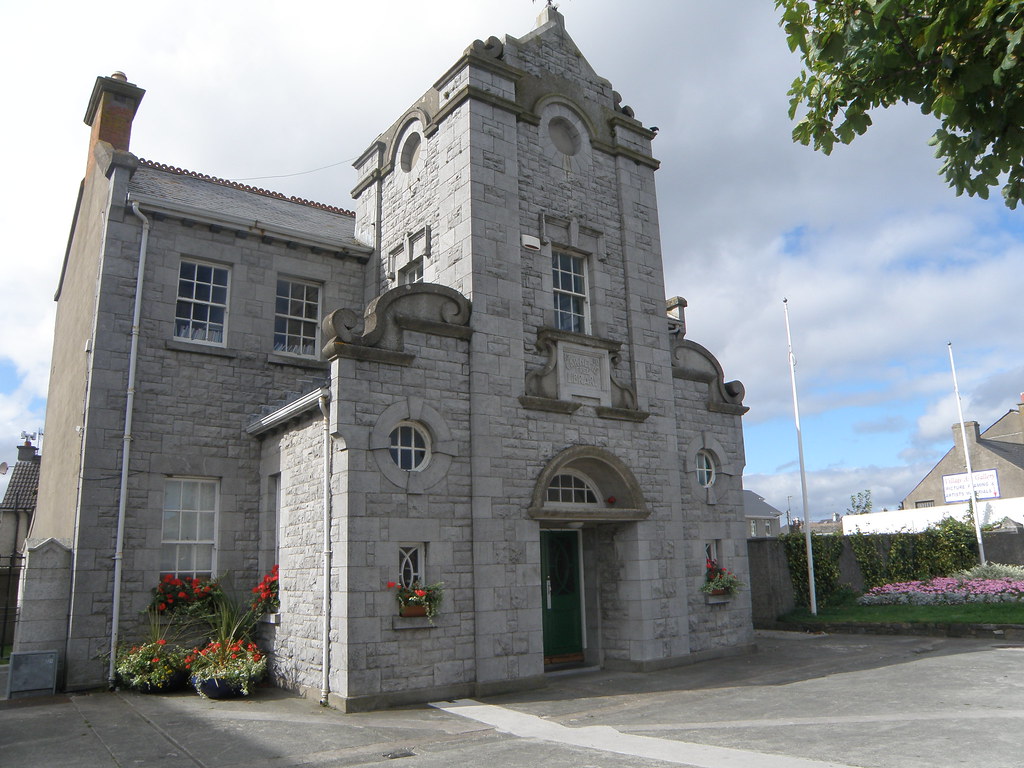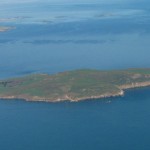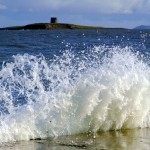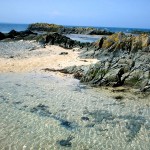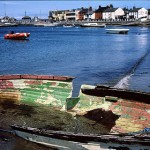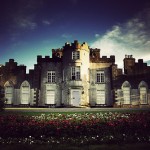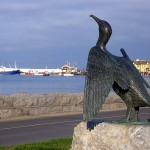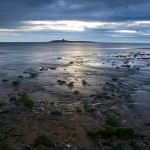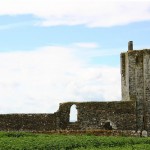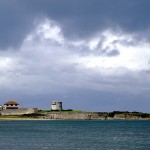Overview of Architecture in Skerries
The history of Ireland is evident in the structures found throughout Skerries. Much of the town today can be traced back to plans laid out by the Hamilton family, who purchased the lands in and around Skerries from the Earl of Thomand in 1721. The focal point of the town centre is the Skerries Monument. The towering obelisk was erected between 1863 and 1865 by tenants of James Hans Hamilton, a member of the County Dublin Parliament for 22 years. Through his landlord agent, Hamilton would reward his tenants with a half crown for every vote. Voting then was done in public before a secret ballot was introduced in 1872, and the payment was substantial for the time.
Carnegie Library on Church Street is one of the most elaborate buildings in Skerries. Constructed in 1910 using local Milverton limestone, the library is named after Scottish-American industrialist Andrew Carnegie. Next door is St. Patrick’s Church, a Catholic Church consecrated in 1939. The limestone church replaced one built in 1832, although the belfry remains as the bell tower. Andrew Power, one of Ireland’s leading sculptors at the time, was commissioned to create the carving of St. Patrick for the façade. After protests against the original design with the Saint on a goat, the sculpture was changed to feature St. Patrick standing on a Celtic scroll. Locals felt the original design would serve as an unpleasant reminder of the Saint’s goat being eaten by the town’s residents.
In comparison to the dark and sombre interior of St. Patrick’s Church, the gothic revival Holmpatrick Church of Ireland features an ornate interior with neo-medieval decoration. Built from local limestone in 1865, it sits near the ruins of the site’s original church that was built in 1790. The remains of the old tower still stand over a graveyard overlooking the present-day church. The gothic Methodist Church on Strand Street has a rose window above an arched wooden door. The simple stone church was built in 1872.
Stone-ground milling in Skerries dates back to the early 16th century. The Skerries Town Park is the site of the Skerries Mills, where you will find two heritage windmills and a stone watermill (www.skerriesmills.org). The windmills date from the 16th and 18th centuries, with the older mill sitting above a prehistoric fort on the town’s highest point. The second windmill, known as the Great Windmill of Skerries, features a five-sail design and is a popular symbol for Skerries. Guests can explore the mills and a large mill pound, quiet cornfield, and wet lands. At the four-storey watermill, you can attempt grinding and see an operating waterwheel. A café and a craft shop, as well as exhibits, are located at the watermill. Open year-round, guided tours of the mills are available daily.
Two granite Martello towers rest on Red Island and Shenick Island. The word Martello finds its origins in Corisca and the headland of the French island, Mortella, where towers defended approaches to the Gulf of Fiorenza. After an assault on Corsica in 1794, British military authorities impressed with the towers’ design commissioned a long chain of similar structures along the coasts of Ireland to prevent an invasion from France. Each tower has thick walls, a guardroom, an ammunition store, and a platform for cannons at the top. Over the years the tower on Red Island has been used as a private dwelling, tearooms, and a holiday camp.
A solitary tower and eroding walls are all that remains of Baldongan Castle, an imposing 13th century Anglo-Norman fortress. The ruins sit on a hill overlooking Loughshinny, a village south of Skerries. Erected on the site of an ancient fort, the castle was built by the Knights Templar. The castle had four square towers on each corner, one of which still stands. Two others were destroyed during the Confederacy Wars in 1642. The remains of a 15th century church rests adjacent to the castle.
To the northwest of Skerries is Ardgillan Castle (www.ardgillanskerries.com), a lavish country-style house with castellated features dating from 1738. The ground floor rooms and kitchens are open to visitors, while the upper level is used for exhibitions. The grounds include trails through woodlands, and gardens with various species of roses, a Victorian conservatory, native Irish plants and a ‘Four Season’s garden with flowers that bloom at various times of the year. There is also a walled Victorian-styled kitchen garden with fruits, vegetables and flowers.
From the Filed to the Mill by Steve Mathers:

(All rights reserved)
Carnegie Library by Majella McCloskey:
Three Bicycles on Strand Street by Mark Waldron:
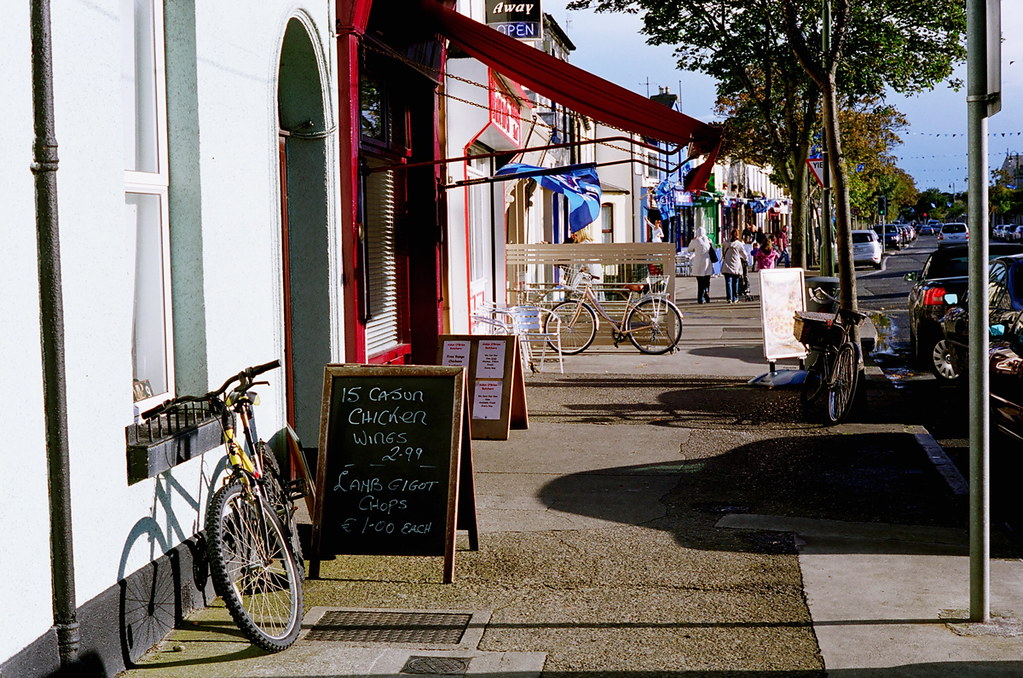
(All rights reserved)
Sails, Skerries Mills by Cian Crossen:
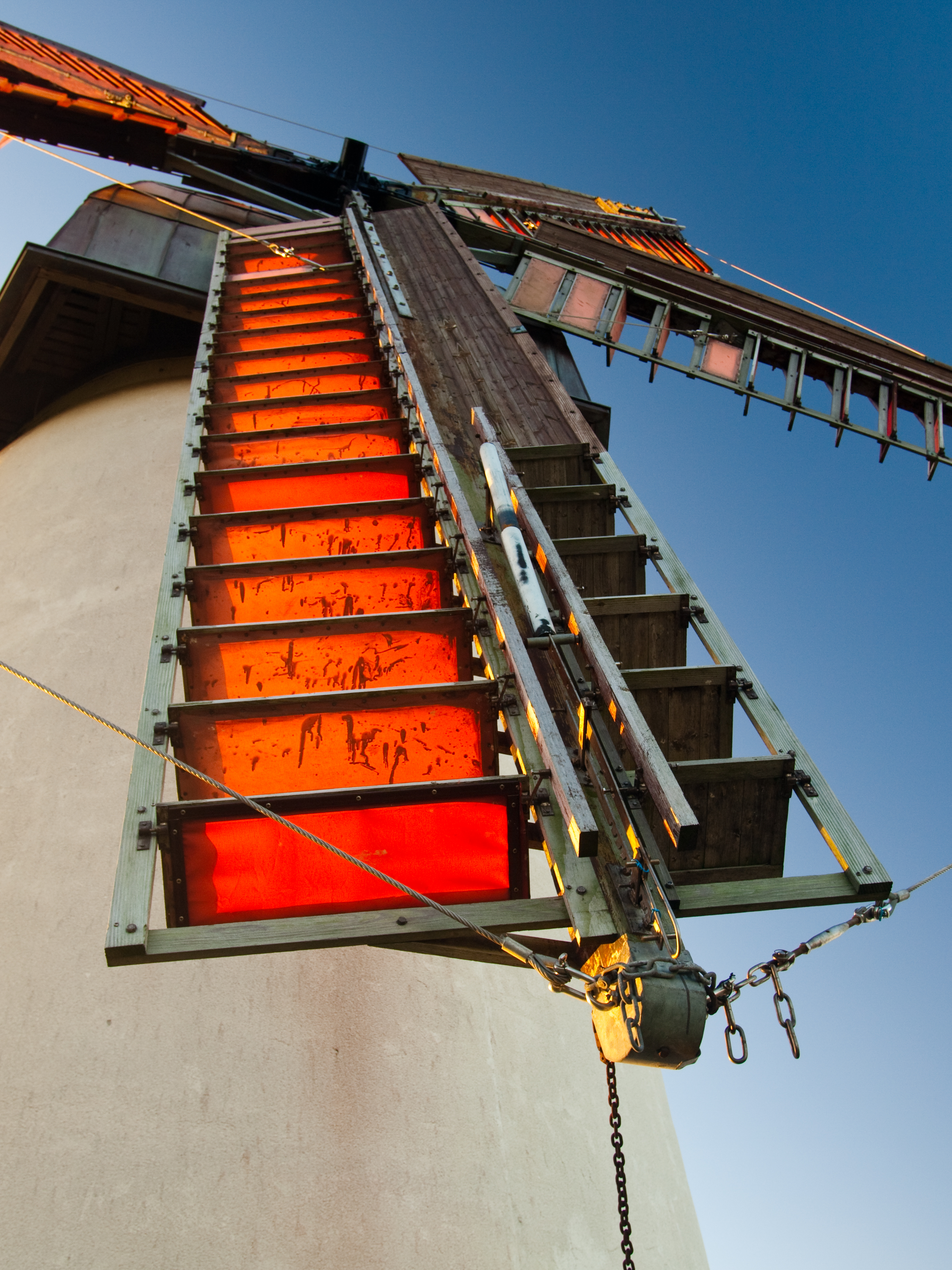
(All rights reserved)

